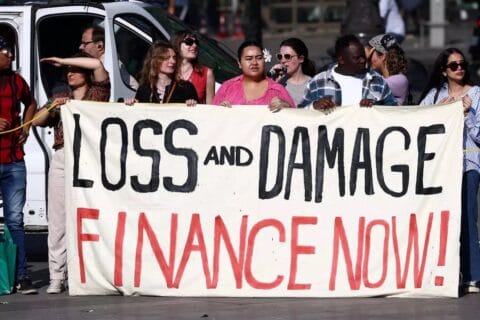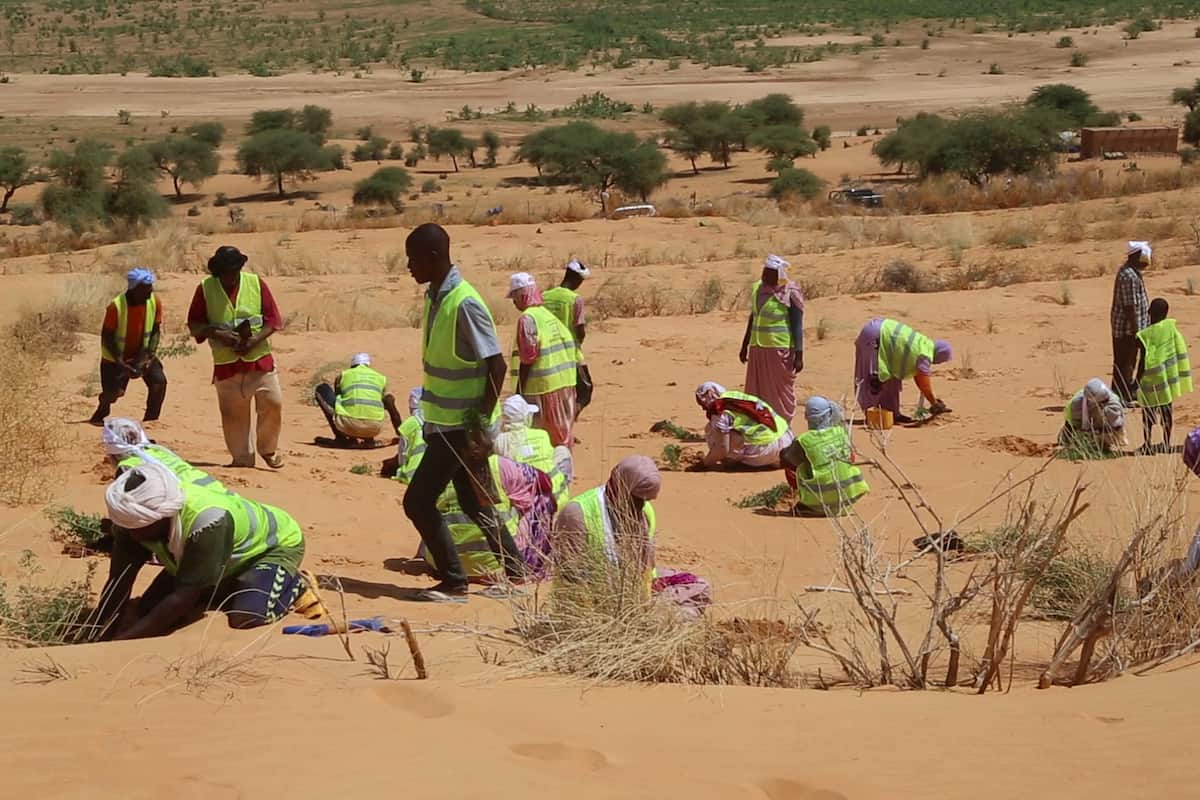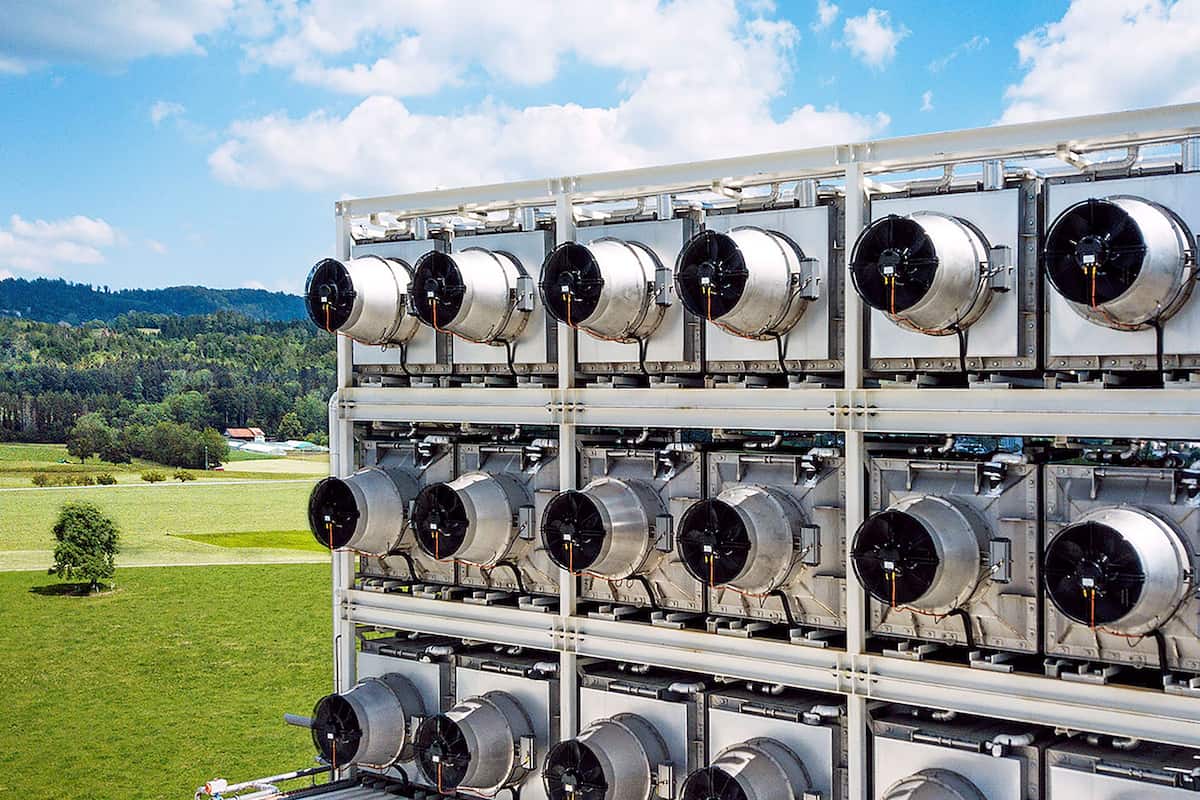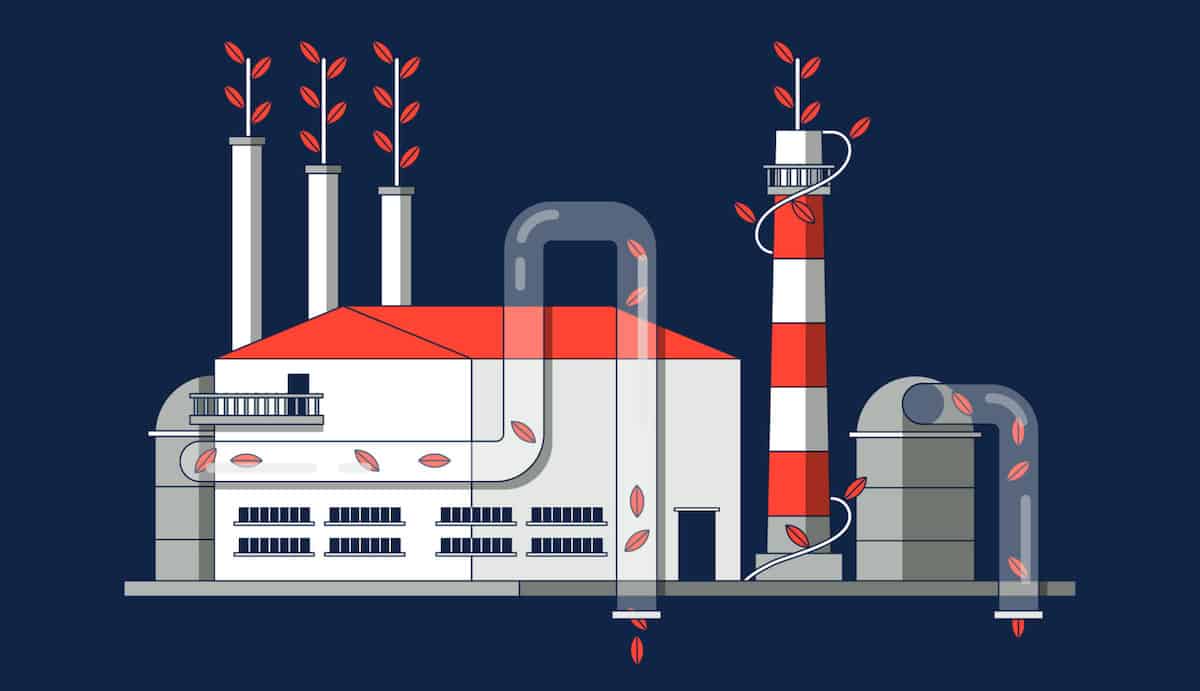A promise of $100bn maybe sounded like a lot of money to some back in 2009. However, over a decade later and with the climate emergency making headlines worldwide, that original figure for Climate Goal funds to be mobilised in support of climate mitigation measures is up for review, at COP26. So, in this SustMeme Guest Post, Barbadian economist Kelly Hunte asks whether increased funding will actually lead to easier access for developing countries; especially Small Island Developing States (SIDs)?
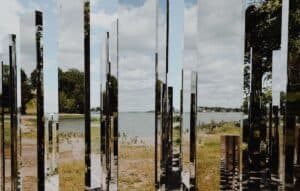
KH: The genesis of the first collective Climate Goal mobilisation began back in 2009. The proposal was for wealthier countries to raise $100bn per year by 2020 to help the developing world manage the effects of global warming. It effectively represented a political offering designed to break the stalemate over a new global deal on greenhouse gas emissions and formed part of the Copenhagen Accord concluded that year at the COP15 Climate Conference.
Described as a ‘working figure’ and a credible minimum, the offer was first announced by Gordon Brown, then Prime Minister of the UK, as a new international partnership on public finance for climate change, premised on four governing principles:
- Equity (expanding the donor base, with allocation focused on the poorest and most vulnerable);
- Additionality (limited amount of development aid, carbon market);
- Predictability (new and additional sources of finance); and
- Shared Governance.
In 2015, when the Paris Agreement was finally adopted, the Conference of the Parties to the UN Framework Convention on Climate Change agreed that developed countries would continue their existing collective mobilisation goal through 2025.
In addition, it was agreed that prior to 2025, the Conference of the Parties of the Paris Agreement (CMA) would also set a new collective quantified goal from a floor of $100bn per year, taking into account the needs and priorities of developing countries.
Fast forward to 2021 and the deliberations on the new Climate Goal agreement are set to take place in November, this year, alongside COP26 taking place in Glasgow, Scotland. With America’s recommitment to the Paris Agreement; the setting of the new collective mobilisation goal looks promising.
But, will increased funding lead to easier access for developing countries; especially Small Island Developing States (SIDs)?
Easy access to much-needed financial assistance through Readiness and the Simplified Approval Process (SAP) of the Green Climate Fund (GCF), which are to assist in developing the capacity and proposals of Direct Access Entities (DAEs) has not been addressed.
The procedures which entities have to go through in order to get money from these windows is still too complex and the back and forth from the committees that review the proposals leaves you feeling fatigued.
For many DAEs, obtaining project approval has proven difficult. As of the last board meeting, 56 DAEs have been accredited, but only 18 of these have had projects approved by the Board.
According to an an independent evaluation report, Readiness and Project Preparation Facility funding are some of the GCF’s, most important tools for helping countries develop sound proposals, working to enhance capacity on environmental and social safeguards and gender. However, even this preparatory funding can be cumbersome for entities to unlock, with applicants having to wait on average 3 to 4 months to receive just US$50,000. For this sum, the wait is too long.
It has been argued that the GCF Board should explore ways to make readiness and project preparation funding easier to access. This could include reducing the amount of information required to obtain such funding, which would have the added benefit of reducing the amount of paperwork the secretariat must review, thus freeing up GCF staff time.
Instead, they have added to the required information that is needed.
The GCF has added Theory of Change explanations as part of the proposal submission and revisions to the Prevention and Protection from Sexual Exploitation, Sexual Abuse, and Sexual Harassment (revised SEAH Policy) and amendments to the Environmental and Social Policy (ES Policy) will be applied to a proposal submitted to the Fund in 2022.
These additional requirements will place increased pressure on the already limited human resources capacity that exist in many Least Developed Countries (LDCs) and SIDs, and the Regional and National DAEs that specifically service these developing country groupings. And may make it more difficult for them to gain access to the funding.
If ease of access is not addressed, the excitement about the US coming back to the Climate Finance table and the setting of the new global target will amount to nothing more than smoke and mirrors.

Kelly Hunte is a Barbadian Economist with over nine years of experience in the area of Development Assistance and very passionate about climate finance issues.
You can check out the full archive of past Guest Blog posts here.
Would you like to Guest Blog for SustMeme? For more info, click here.
SUSTMEME: Get the Susty Story Straight!


